As gang violence intensifies in Haiti, the health and bodies of women and girls are being targeted
Annie* (name changed for anonymity) is recovering well after her surgery, performed at one of the few functioning hospitals in her commune in Haiti’s South Department. She had suffered debilitating internal injuries after being violently raped. She is a toddler.
Stories of horror like Annie’s are not outliers among the 12 million people embroiled in the country’s spiralling catastrophe. Armed gangs have exploited Haiti’s escalating political unrest and conflict to expand their control, and as the crisis spirals, deliveries of medical supplies and fuel are blocked in Port-au-Prince and cannot be delivered to hospitals, while staff are increasingly unable to make it to the facilities they work at.
Rape is a common tactic used by gangs to spread fear. Members storm homes, raping women and girls in front of their brothers and fathers —who have the choice of joining the gang or being killed to avoid retaliation. Houses are often burned down so neighbours learn who controls the neighbourhood. And the horrors ripple outward, as sexual violence is normalised within the community, including against children like Annie. This culture of terror and silence is reigning in Haiti.
Reports of rape have risen more than sixfold since the escalation of the crisis in March—and these are only the reported cases, likely a tiny fraction of the true number. Survivors are rarely able to receive the care they need, which raises not only the risks of sexually transmitted infections and untreated psychological trauma, but can also lead to higher rates of unintended pregnancies. We have noticed an increasingly high rate of pregnancy, particularly in certain displacement sites.
Women’s bodies are being weaponised and the health systems meant to help survivors are being targeted. Just four remaining hospitals in Port-au-Prince offer emergency maternity services, including caesarean sections, for some 3 million people. Hôpital Universitaire de la Paix is the only facility offering all services, and it is swamped. One major facility, Hôpital de l’Université d’Etat d’Haïti, has become a grim monument to violence: ransacked and overrun, it is being used as a base by gang members. Gynaecology and midwifery training has been suspended and the neonatal care unit is no longer functioning, leading to many more illnesses and deaths among newborns.
Limited or absent healthcare vastly increases the risk of maternal deaths, and Haiti already has one of the highest rates in the Americas. For the 3,000 women due to give birth every month in the capital, the risks are often too great to visit a clinic for childbirth, let alone a prenatal check-up. Even before the latest crisis, two thirds of births in Haiti happened away from a health facility and the system was already unable to cope with demand. This leaves more women with no choice but to give birth at home, often in unsanitary conditions and without medical help… (continues)….
SOURCE: BMJ, by Philippe Serge Degernier, United Nations Population Fund representative, Haiti; Batch Jean Jumeau, President of the Haitian Society of Obstetrics and Gynaecology,
https://www.bmj.com/content/386/bmj.q1797, 14 August 2024 + VISUAL



